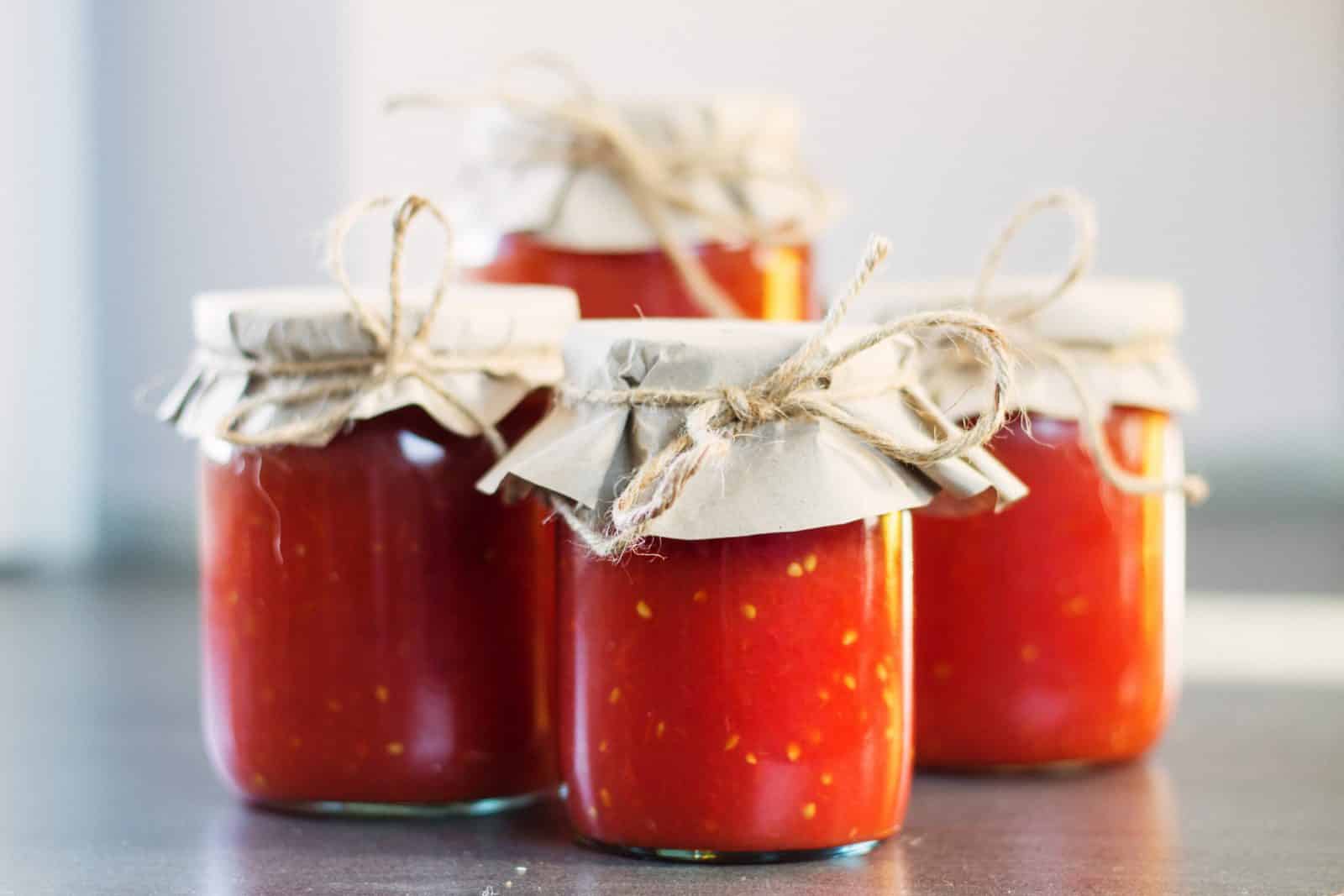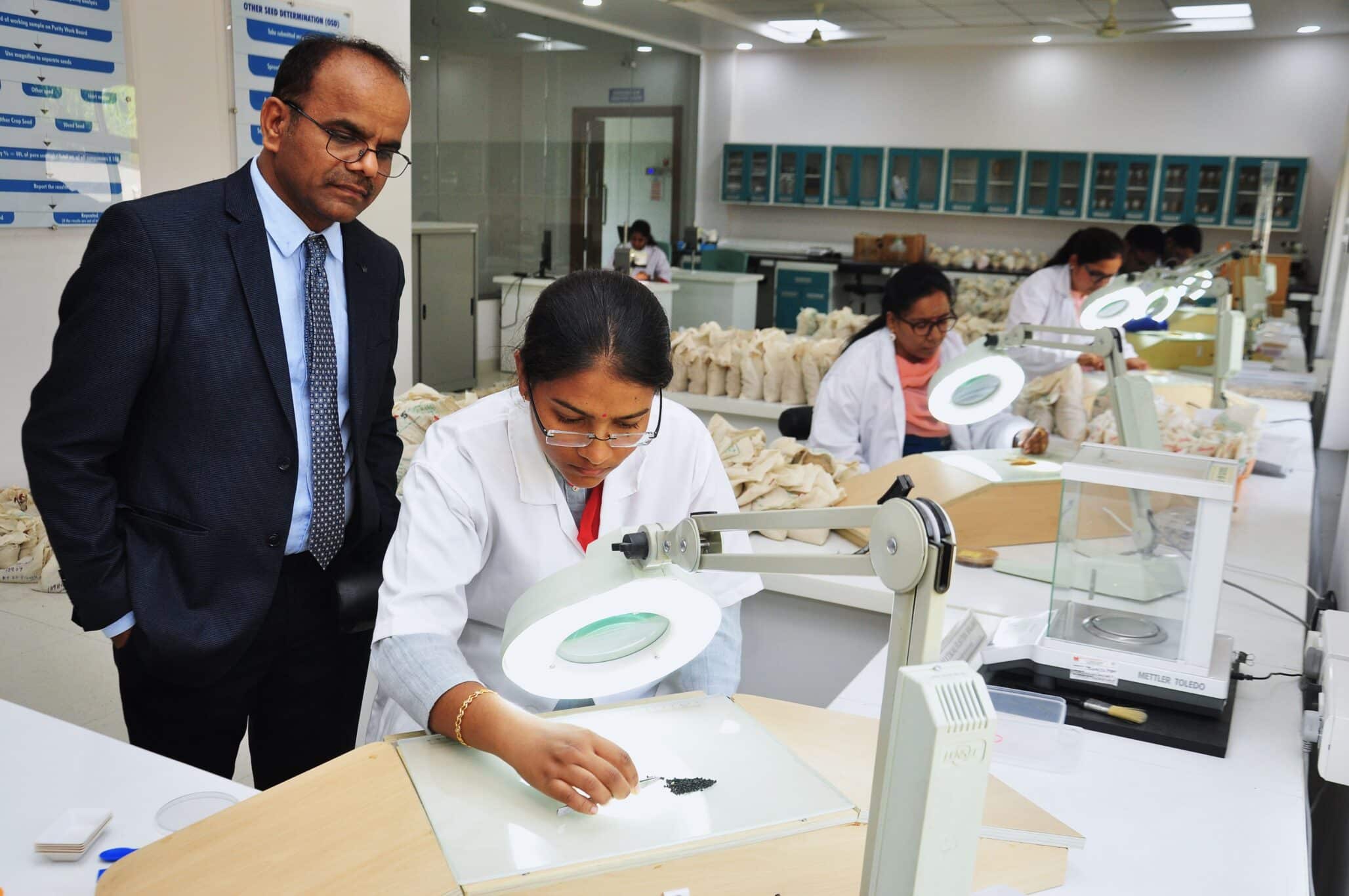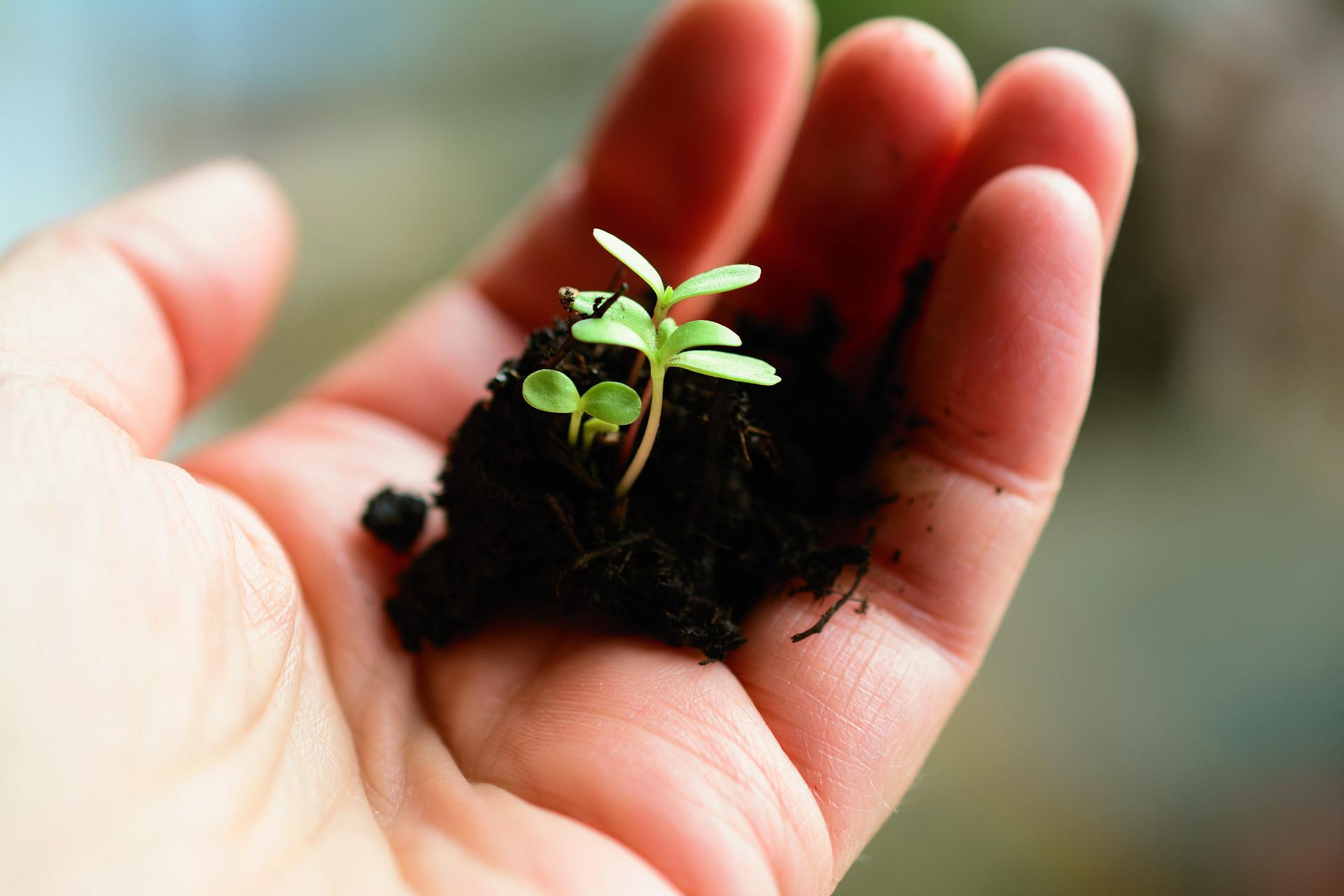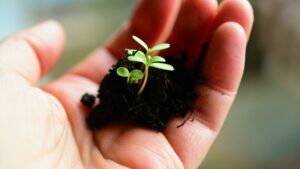A recipe for success when licensing the newest innovations.
Across the seed industry, all kind of innovation is happening in private laboratories and at public universities. These innovations come in many forms, from yield increases for growers to longer-lasting vegetables for consumers.
However, a single company working independently isn’t likely to realize the true value of a particular innovation, says Eloy Corona, BASF intellectual property compliance manager. This may be due to a company’s structure, product commercialization skills and expertise or market reach. Regardless, the value chain has become increasingly dependent on in- and out-licensing of technology to unlock value.
According to a paper, “The Pros and Cons of Licensing Technology,” licensing activity is at an all-time high. In 2017, global revenues attributed to trademark licensing alone were more than $271 billion, a 12.5 percent increase over three years.

“Businesses must continually adopt new technologies to remain profitable, innovative and competitive in today’s global market,” writes Toni Hickey, one of the paper’s authors and a former deputy chief of staff at the U.S. Patent and Trademark Office. She says many companies choose to achieve these goals by collaborating with others through licensing programs, outsources, joint ventures, acquisitions or other strategic partnerships.
“Each of these affiliations almost always requires the inbound or outbound licensing
of intellectual property,” she says.
For a licensing agreement to come to fruition, there must be value in the agreement for both parties. Corona says the
whole premise of licensing agreements is to ensure both parties are speaking the same language and that everyone involved knows exactly what is expected.
“I’m from Texas,” Corona says, “where many agreements are still settled with a handshake, but the business is so complex and legal, that a handshake doesn’t protect either company. A license is like a more detailed handshake that benefits and protects both parties.”
Standard components of an agreement should detail: terms, including value sharing and the duration; who owns the regulatory package; use and scope of trademark; restrictions; who is responsible for what; requirements for handling a disagreement; and legal, stewardship and quality assurance requirements.
“The best licensing agreements are when both parties sit down and hammer out the details,” Corona adds. “The best agreements happen with negotiations, and neither party gets everything they want.”
Licensing Use
As innovations create more revenue, companies, generally speaking, reinvest more money into research and development, and it’s a self-fulfilling prophecy; the pie gets larger for everyone — growers won’t buy a product if it doesn’t add value.
“‘Value-added’ is a term that gets thrown around,” Corona says, noting that many don’t understand the complexities
involved. “If a germplasm does well, companies will likely license it. Over the past 30 years, companies have figured out that you can’t save your way to prosperity.”
The key to success is being able to maximize grower profit by placing the right seed, on the right acre at the right time, and that might be different in different parts of the country, or world.
Not everyone can cook like Martha Stewart, Corona says. She’ll share her recipes but not all her tips and tricks and that’s what makes her special. Licensing technology is much the same, he says.
“Farmers have a whole host of decisions to make, more than anyone I know,” Corona says. “They have to shoot from the hip and rely on their seed salesman. It involves a lot of people’s expertise. The seed companies that excel are the ones that do the hand holding and help growers achieve that high-quality crop.”
Anyone can grow a tomato, but not everyone can grow a good-tasting tomato.












